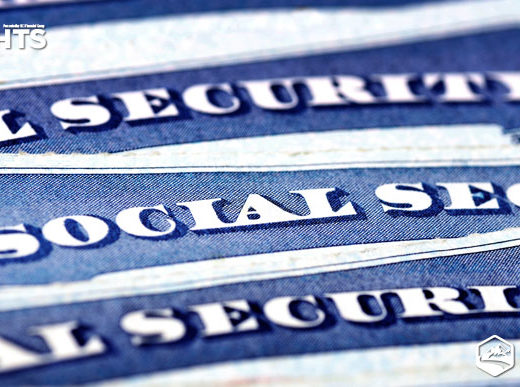On December 23, 2022, Congress passed the bill containing the Secure 2.0 Act retirement provisions. This Act will reshape retirement tax incentives for years to come through changing existing retirement account rules and related tax breaks.
Here is a list of some important highlights explaining these new changes.
1. Increased RMD Age
The age for required minimum distributions (RMD) from an IRA increased from 72 years of age to 73 years of age, effective on January 1, 2023. It will later increase to 75 years of age, effective on January 1, 2033.1
2. Reduced Penalty for RMD Failures
The penalty for failure to take RMDs from an IRA reduces from 50 percent to 25 percent, effective on January 1, 2023. If the failure is corrected on time, the excise tax on the failure reduces from 25 percent to ten percent.3
3. Early Emergency Expense Distributions
Beginning in 2024, participants will be allowed to take an early emergency expense distribution from retirement accounts up to $1,000 only once during the year. The emergency distribution won’t be subject to the usual additional ten percent tax that applies. The participant has the option to repay the distribution within three years. Emergency expenses are unforeseeable or immediate financial needs relating to personal or family emergency expenses.1,3
4. Automatic Enrollment
The Act expands automatic enrollment in retirement plans to significantly increase participation. Unfortunately, without automatic enrollment in place, many employees who are offered a retirement plan at work choose not to participate. This change requires 401(k) and 403(b) plans to automatically enroll eligible participants, who will then be able to opt out of participation if desired. The initial automatic enrollment amount is at least three percent but no more than ten percent.1
5. Higher Catch-up Contribution Limit
There will be a higher catch-up contribution limit to retirement plans. The limit increases to the greater of $10,000 or 50 percent more than the regular catch-up amount if you are 60 to 63 years of age, effective on January 1, 2025. After 2025, those amounts will be indexed for inflation.2
6. Lost and Found
A “Lost and Found” database will be housed at the Department of Labor within two years where people can search for retirement benefits they lost track of.2
7. Expansion for Qualified Charitable Distributions (QCD)
Starting in 2023, those 70 1/2 years of age and older may use a one-time gift up to $50,000, adjusted annually for inflation, to a split-interest entity. The options include a charitable remainder unitrust, a charitable remainder annuity trust, or a charitable gift annuity. The annual IRA charitable distribution limit is $100,000.2,3
8. Part-time Employees
Part-time employees are eligible for an employer-sponsored 401(k) only after two years of service, which is one year less than previous law stated.3
9. Pre-death Distribution Requirement
The Secure 2.0 Act eliminates the pre-death distribution requirement for Roth accounts in employer plans, effective in 2024.3
10. Student Loan Payment Matching Contribution
The employer can make a matching contribution to a participant’s retirement plan account based on their student loan payment amount, effective in 2024. This addresses the fact that high student loan debt can keep people from saving for retirement.1
As always, your financial advisor is willing to guide you through your financial journey, especially when faced with change. At any time, reach out to your advisor with any questions or concerns you may have.
Source
- Kiplinger.com, December 23, 2022. https://www.kiplinger.com/retirement/bipartisan-retirement-savings-package-in-massive-budget-bill.
- Fidelitycharitable.org, December 2022. https://www.fidelitycharitable.org/articles/secure-act-2-0-retirement-provisions.
- Finance.senate.gov, December 2022. https://www.finance.senate.gov/imo/media/doc/Secure%202.0_Section%20by%20Section %20Summary%2012-19-22%20FINAL.pdf.




